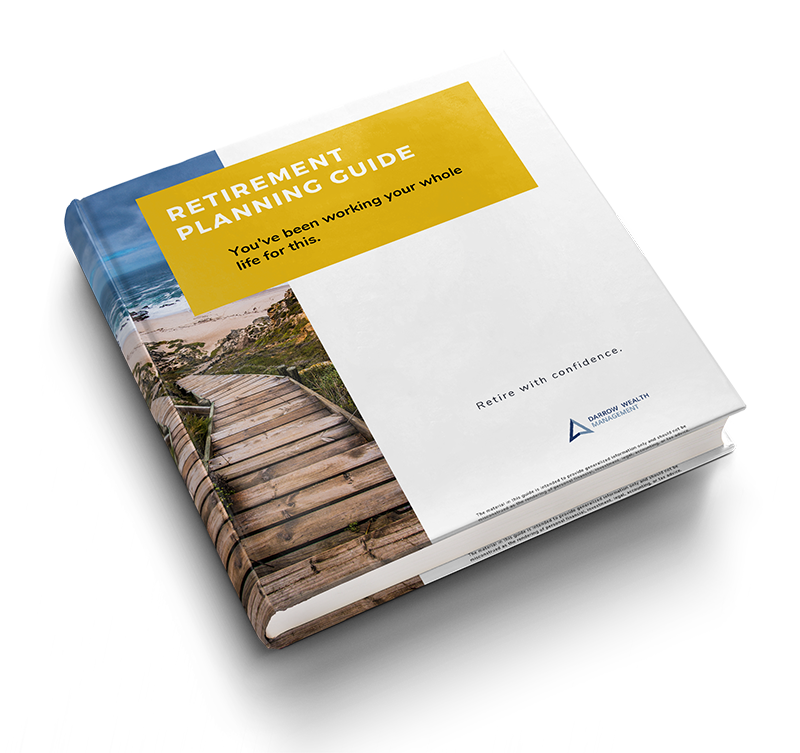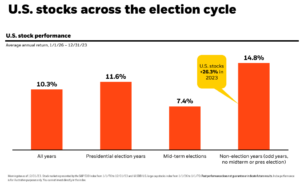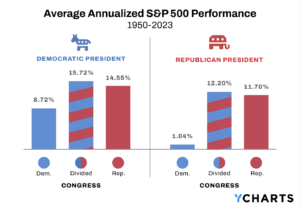Updated for 2023. Self-employed business owners and entrepreneurs working for themselves part-time have a lot of flexibility when it comes to saving for retirement and managing their taxes. Though self-employed retirement plans are quite easy to set up and fund, there are some deadlines to be aware of.
Particularly for individuals with significant cash flow, opening a retirement account for your business can be a great opportunity to lower your tax bill and save for retirement…assuming you ever want to. The best small business retirement plan for your company depends on whether you are part-time, solo, or have employees.
Small Business Retirement Plans with Tax Benefits for Solos, Part-timers, or Companies with Employees
What’s the best type of retirement plan for your business? Start your search by finding the plan geared towards your type of business. This article is divided into 2 sections:
-
Best retirement plans for solo self-employed business owners with no employees (aka the solopreneur): SEP IRA and Solo 401(k)
-
Options for retirement plans for people running a business part-time: SEP IRA and Solo 401(k)
1. Retirement plans with tax benefits for self-employed business owners with no employees
- SEP IRA
- Solo 401(k)
The two most common types of retirement plans for self-employed business owners are the SEP IRA and Solo 401(k). If you don’t have a plan in place yet, it may not be too late. These self-employed retirement plans offer a lot of flexibility for established and new business owners alike.
Important deadlines:
- A SEP IRA is the most flexible type of plan to set up and fund. You can open and contribute to a SEP IRA as late as the company’s tax filing deadline (usually April 15th, but longer if filing on an extension) for the funds to count towards the current calendar year.
- An Individual 401(k) plan must be set up by the company’s fiscal year end, although individual salary deferrals and employer profit sharing contributions can be made as late as the tax filing deadline (usually April 15th, but longer if filing on an extension). Under the Secure Act, employers can establish a new qualified retirement plan, such as a 401(k), as late as the corporate tax filing deadline. While the extension won’t impact individual contributions, which must be made before the end of the year, it would permit self-employed employers to make a profit-sharing contribution to their employee account for the previous tax year. As part of the Secure Act 2.0, starting in 2023, sole proprietors or a Schedule C Single Member LLC can also make both employee deferral and employer profit sharing contributions for the previous taxable year – but only for the first year of a new plan.
Contribution limits:
- The total annual contribution limit for both SEP IRAs and Solo 401(k)s is $66,000 in 2023 ($61,000 in 2022). For Individual 401(k) plans, owners 50 and older can make a $7,500 additional catch-up contribution. Your actual permitted contributions may be less than that though.
- SEP contributions are limited to the lesser of 25% of W-2 earnings, or 20% of net income if self-employed, or $66,000 in 2023. Your CPA can calculate this amount. Contributions are made by the business, versus the entrepreneur personally. More on that later.
- Solo 401(k) plans can be funded in two ways: an elective contribution (by the business owner personally) and a profit-sharing contribution (by the company):
-
- In 2023: the maximum elective deferral is the lesser of $22,500 ($30,000 if over age 50 due to the $7,500 catch up contribution) or 100% of W-2 compensation or net self-employment income. In 2022: the maximum elective deferral is the lesser of $20,500 ($27,000 if over age 50 due to the $6,500 catch up contribution) or 100% of W-2 compensation or net self-employment income.
- An optional profit-sharing contribution can also be made of up to 25% of W-2 wages or 20% of net self-employment income for a partnership, sole proprietorship, or single-member LLC that has not elected to be taxed as a C-corporation or S-corporation. The combined total annual contribution (personal + profit-sharing) cannot exceed $66,000 in 2023 ($73,500 if 50+) or $61,000 in 2022 ($67,500 if 50+).
Eligibility and funding:
- A SEP IRA is funded solely by employer contributions. A SEP IRA can be established by business owners with employees. Contributions are optional, but if SEP contributions are made, they must be done equally across all eligible participant accounts. This can either be a flat dollar amount or equal percentage of compensation. A SEP IRA must also cover all eligible employees. An employee is considered eligible if they are over the age of 21, have worked at the company for at least three of the last five years, and received compensation of at least $600 in the year.
- Individual 401(k) plans can be funded by an entrepreneur in two ways: as the employee and the employer, subject to the maximum annual additions limit. A Solo 401(k) can only be used if the only employees of the company are the business owner and a spouse.
Infographic: SEP IRA vs Solo 401(k)
Tax benefits:
- SEP IRA: For sole proprietors, the SEP contribution will represent an above-the-line deduction on your personal tax return. If your business is taxed as a C corporation, S corporation, multi-member LLC, or partnership, the SEP contributions will be deducted as a business expense. This reduces the company’s net taxable income, which then reduces the taxable income that will be passed through to an owner on their K-1.
- Individual 401(k): For sole proprietors, the employee and employer contribution will be combined as an above-the-line deduction on your tax return. If your business is taxed as a C-corporation, S-corporation, multi-member LLC or partnership, the tax benefits will be split in two parts:
- Your employee contribution will reduce your W-2 taxable income as an above-the-line deduction.
- The profit-sharing contribution from the business will be deducted as an expense by the business, reducing the company’s net taxable income, which then reduces the taxable income that will be passed through to an owner on their K-1.
2. Retirement plan for part-time business owners
- SEP IRA
- Solo 401(k)
Can you have multiple retirement plans if you have more than one job? Yes! Increase your tax deductions by starting a SEP IRA or self-employed 401(k) for your side hustle.
Limits on your contributions as an individual:
The annual elective deferral limits apply to the individual, not the plan. So if you’re covered by a 401(k), 403(b), SIMPLE 401(k), or SIMPLE IRA, your individual contributions will be aggregated and cannot exceed the lesser of deferral limits set by the plan, 100% of your eligible compensation under the plan, or the maximum contribution limit as set annually by the IRS.
Employer contributions are not combined:
The annual profit sharing contribution limits by an employer apply to each unrelated company’s specific plan. For 2023, the annual additions limit for employee and employer contributions to defined contribution plans (like a 401(k), 403(b), or SEP IRA) is $66,000 for those under the age of 50. The $7,500 catch-up contribution is in addition and made at the individual level.
SEP IRAs are funded only by employer contributions. So while your individual contributions may be limited across all your retirement plans, each of your employers (which includes your business) may still be able to contribute up to $66,000 per plan. Keep in mind the actual amount you (or your employer) can contribute will still be subject to your earnings, plan limitations, and other factors.
If you’re covered by a plan at work, a SEP IRA may be a great option because your SEP funding won’t be reduced by contributions you make at your full-time job.
More on SEP IRAs
More on Solo 401(k)s
Retirement plans are a great way to save for retirement and reduce your taxable income. Learn more about Wealth Management and Financial Planning for Business Owners.












